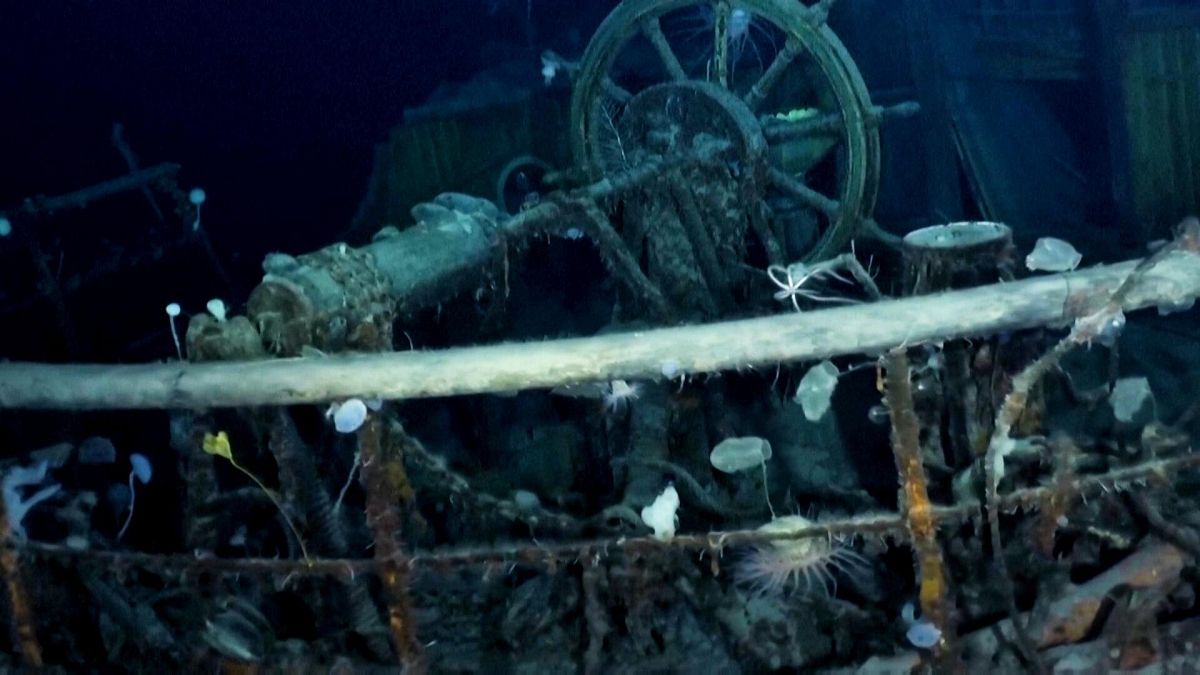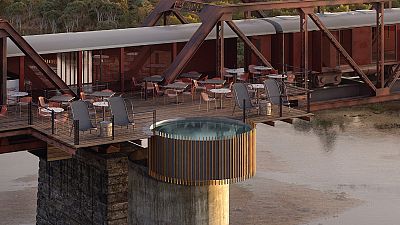107 years after its sinking, Ernest Shackleton’s ‘Endurance’ has been discovered deep beneath the Antarctic Ocean.
One of the world's most renowned shipwrecks has been discovered off the coast of Antarctica - more than a century after it first disappeared.
Despite numerous search attempts, Ernest Shackleton’s ‘Endurance’ was considered lost after being crushed by pack ice in 1915.
But a recent expedition to the Weddell Sea, Antarctica, has located the vessel at a depth of three kilometres beneath the ocean surface.
"We are overwhelmed by our good fortune in having located and captured images of Endurance," says Mensun Bound, the expedition's director of exploration.
"This is by far the finest wooden shipwreck I have ever seen. It is upright, well proud of the seabed, intact, and in a brilliant state of preservation. You can even see 'Endurance' arced across the stern.”
The expedition, organised by the Falklands Maritime Heritage Trust, left Cape Town on 5 February with a South African icebreaker, hoping to find the Endurance before the end of the Southern Hemisphere summer.
As part of Shackleton's Imperial Trans-Antarctic expedition between 1914 and 1917, Endurance’s crew were meant to make the first land crossing of Antarctica, but the ship fell victim to the tumultuous Weddell Sea.
Just east of the Larsen ice shelves on the Antarctic peninsula, it became ensnared in sea-ice for over ten months - before being crushed and sinking.
'Worst sea in the world'
The voyage became legendary after the miraculous escape by Shackleton and his crew.
The team of 27 men and one cat survived by camping on sea-ice, before launching lifeboats and sailing to South Georgia Island, a British overseas territory.
Despite their hardships, all of the crew members survived - leading to acclaim upon their arrival back home in Britain.
In their attempts to find the crew’s lost vessel, expedition leaders used an underwater drone to locate and film the shipwreck in tempestuous weather conditions.
Shackleton himself described the site of the sink as "the worst portion of the worst sea in the world".
The region remains one of the most difficult parts of the ocean to navigate.
"This has been the most complex subsea project ever undertaken," says Nico Vincent, the mission's subsea project manager.
The underwater drones produced stunningly clear images of the 44-metre-long ship. Amazingly, the helm has remained intact after more than a century underwater, with gear piled against the taffrail as if Shackleton's crew had only just left it.
The ship's wooden timbers are still intact, while sea anemones, sponges and other small ocean creatures have made the submerged vessel their home in the years since its sinking.
Under international law, the wreck is now protected as a historic site - meaning no artefacts can be returned to the surface.
Watch the video above to see the discovery for yourself.



